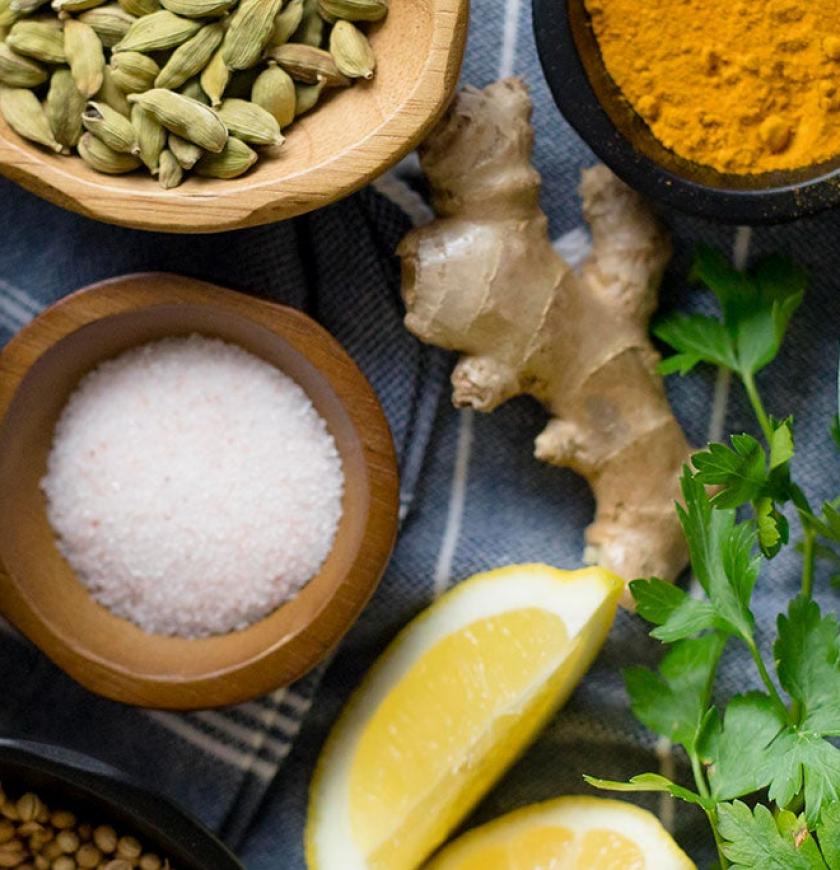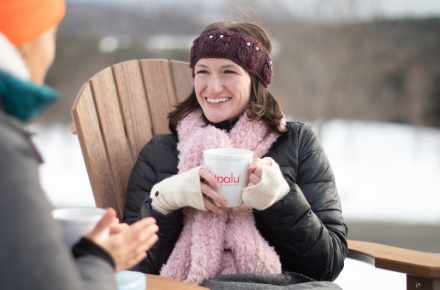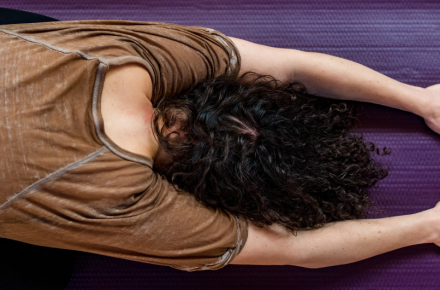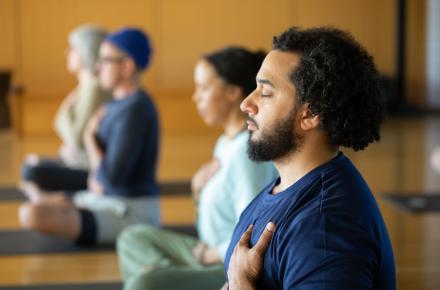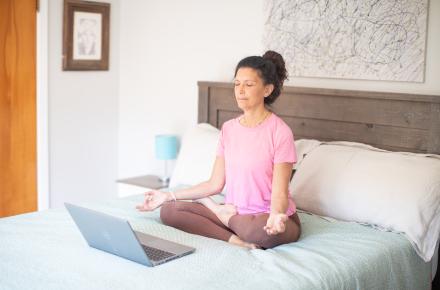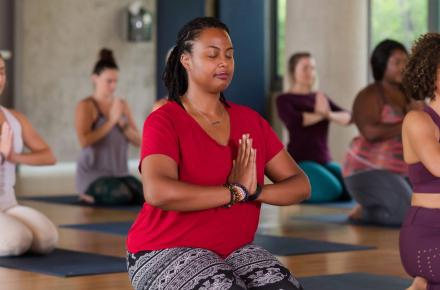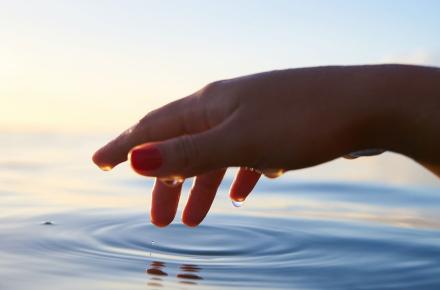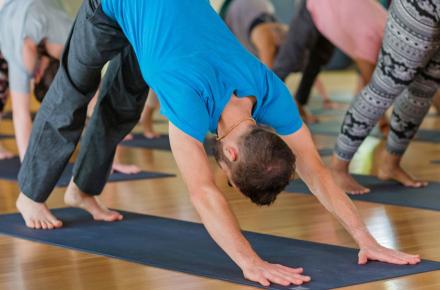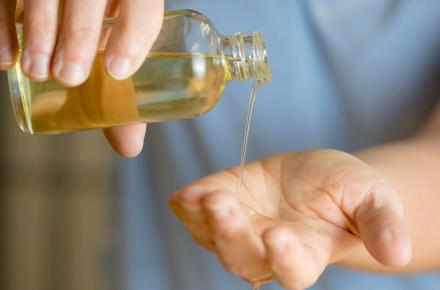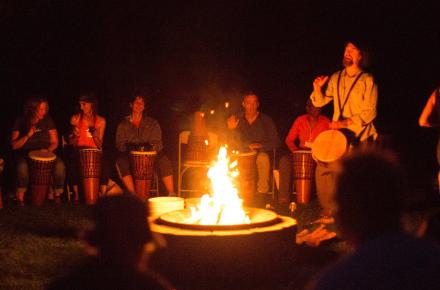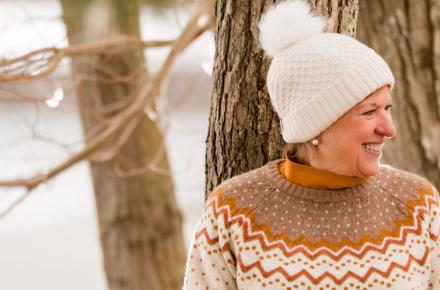Cooking Right: The Best Cookware for Healthful Eating at Home

In recent years, cookware has been the center of a hot, so to speak, debate, as environmental and health groups warn against the dangers of Teflon and other nonstick surfaces. According to tests issued by one group, cooking at very high temperatures can break down Teflon coating, emitting fumes and chemicals that include perfluorooctanoic acid, or PFOA, which can cause flulike symptoms in people (and kill pet birds). The Environmental Protection Agency, however, ruled that while Teflon and other nonstick products may contain trace amounts of PFOA, the levels are so small that the routine use of such products is not a concern, while lawsuits seeking to link PFOA in the water supply to an increased risk of cancer have been unsuccessful. Still, it’s been tough to overcome Teflon’s bad rap, and many people worry about using any form of nonstick, even if it’s labeled “PFOA-free”—just in case.
Could the fall of Teflon be little more than a result of media overhype? Probably. Researchers agree that nonstick—even Teflon in particular—is safe so long as it’s not overheated. And it’s possible that our cookware may be the least of our concern. Sources of PFOA are everywhere: in microwave popcorn bags, fast food packaging, shampoo, carpeting, and clothing. Studies show that most of us have PFOA in our bloodstreams; babies even show trace amounts at birth.
What we do know: Nonstick cooking—or any stovetop cooking, really—at temps over 500 degrees F is not good. That’s when any cookware coating may break down, while also reducing the nutrients in the food. The tricky part is that most pans can reach 500 degrees pretty quickly: According to a test performed by Good Housekeeping, an empty lightweight pan can reach over 500 degrees when heated on high in less than two minutes, while one with a bit of oil can exceed 500 in about two and a half. Most healthy cooks advise keeping stovetop cooking set at under 550 degrees, never heating an empty pan, and never heating oil to its smoking point—no matter what type of pan you’re using.
Even still, many healthy cooking experts strongly suggest using nonstick alternatives, which include stainless steel, cast iron, and copper, all of which are safe to cook on at moderate temperatures and get the stamp of approval from the Kripalu Kitchen. Another great choice for cookware is copper. Copper, which is always lined in tin, is amazing at conducting heat, and copper pans look beautiful hanging in a kitchen. Of course, quality copper cookware is expensive, and will generally need to be retinned every three to five years, which is why it may be a good idea to stock your kitchen with a mix of copper, cast iron, and stainless steel. And with any cookware, be sure to avoid using sharp utensils and clean gently; surface scratches can increase the risk that you’ll ingest something other than your food. If your pans are significantly scratched or flaking, it’s time to replace them.
© Kripalu Center for Yoga & Health. All rights reserved. To request permission to reprint, please e-mail editor@kripalu.org.



